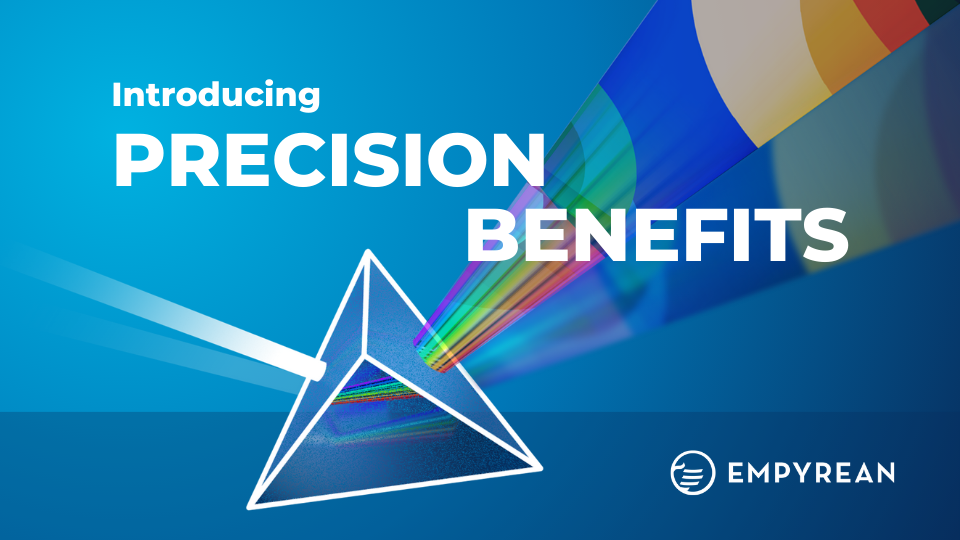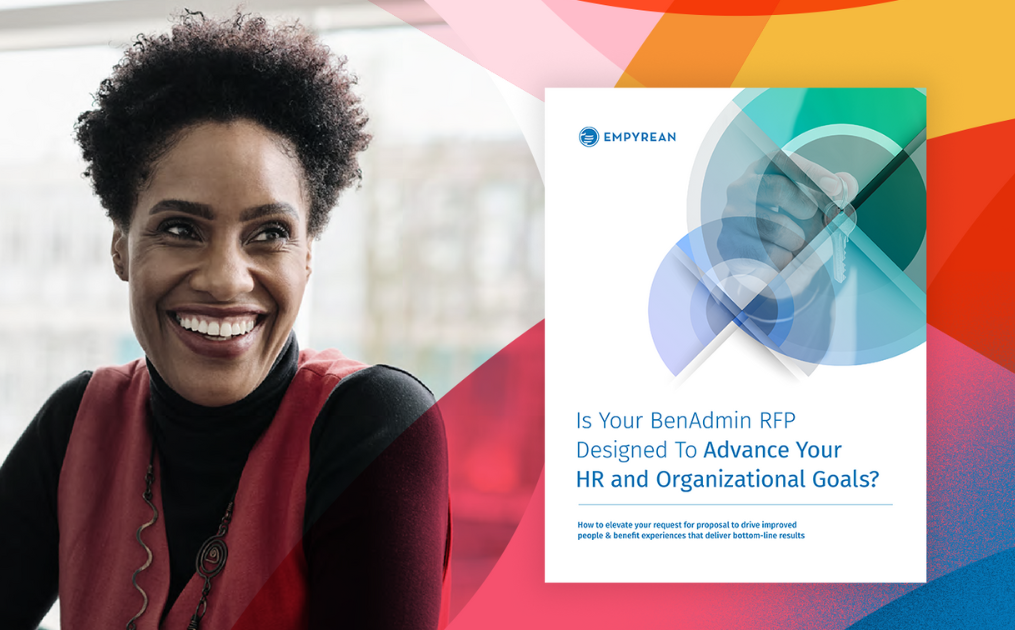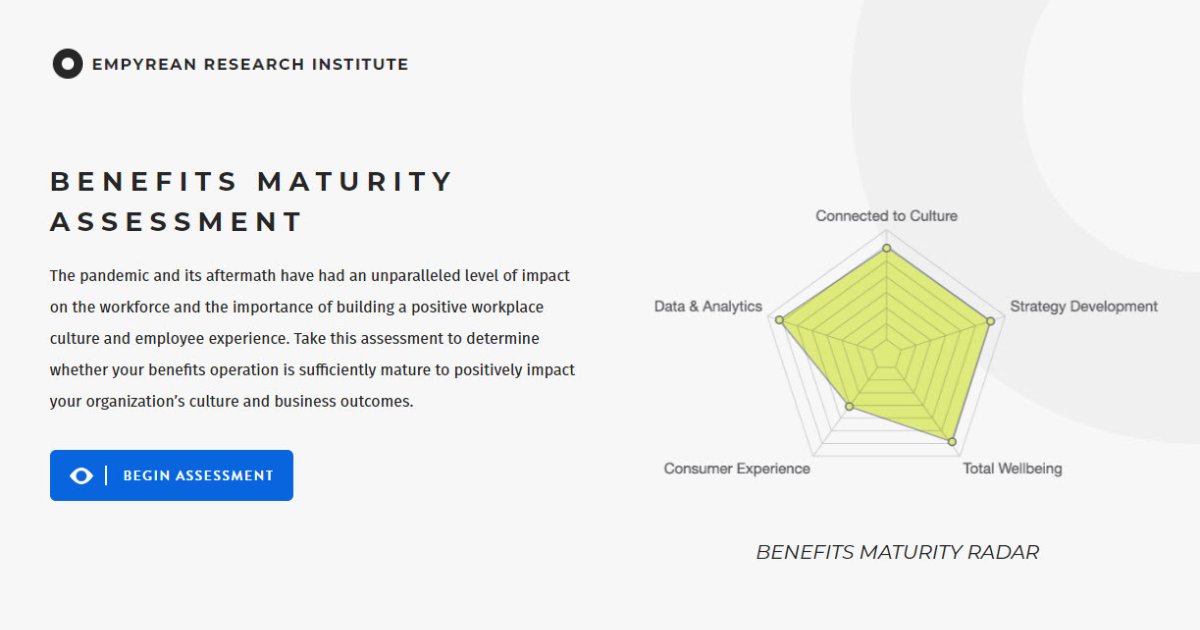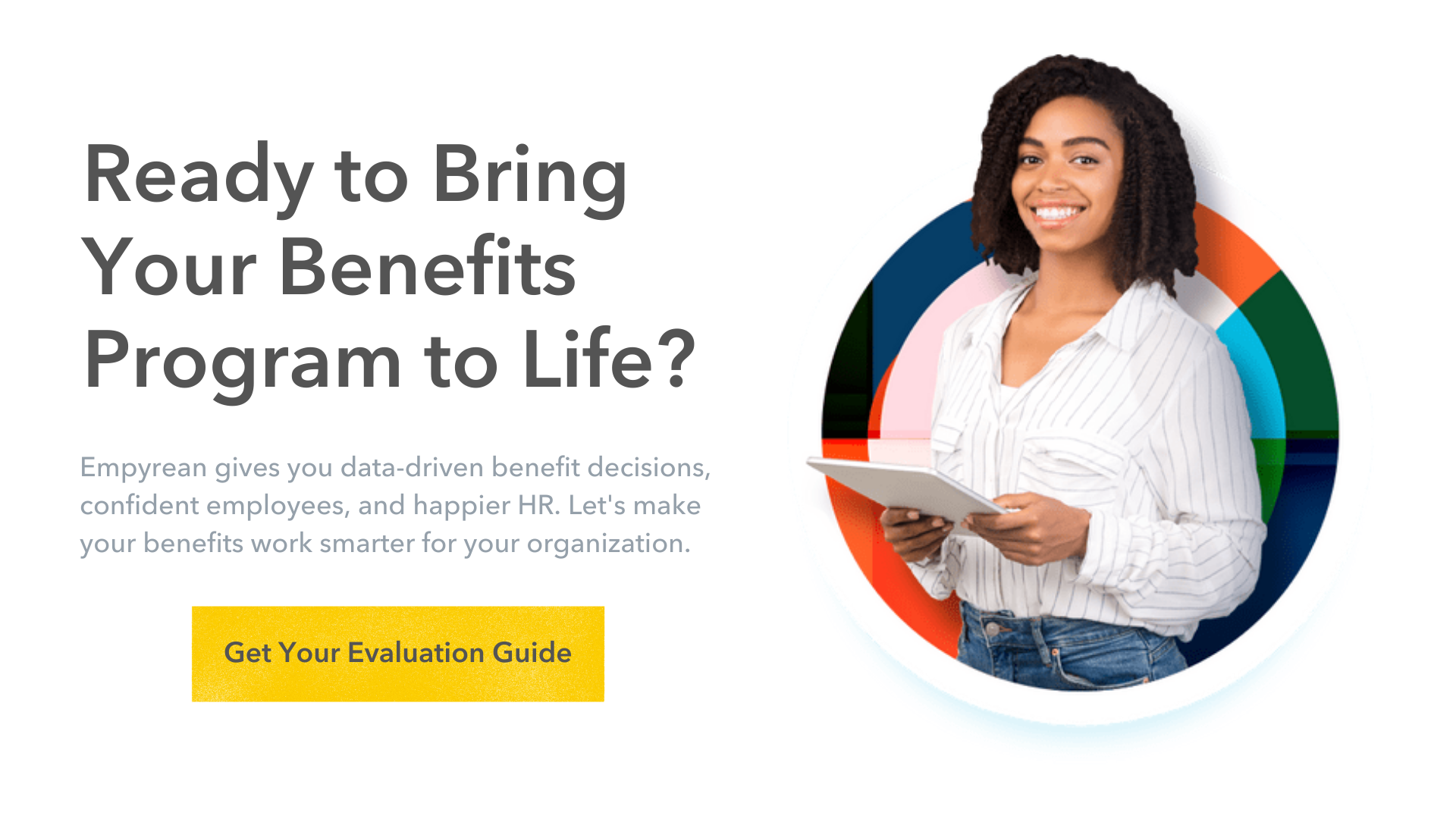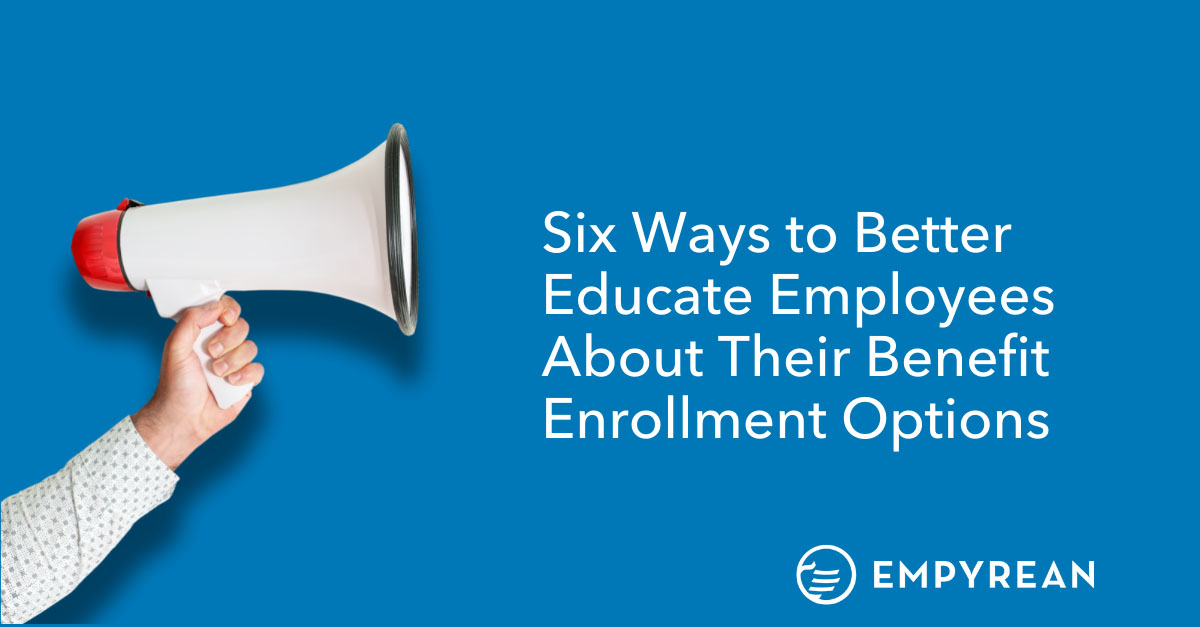10 May, 2023
It’s Teacher Appreciation Week, and If you’re a caregiver to a school-aged child, you may have attended a celebratory breakfast or contributed to a classroom gift in honor of the millions of educators across this nation who are shaping future generations.
Teaching is consistently cited as one of the most rewarding paid professions in the U.S., and the gratitude shown towards educators during events like Teacher Appreciation Week undoubtedly helps teachers feel recognized, reinforcing the meaning of their work. However, the cost-reward balance of a career in education has reached a critical tipping point, and many educators say that they continue to feel that their well-being is not prioritized by their employers.
In fact, research conducted by McKinsey & Company found that 75 percent of educators say they put more into their job than they receive, and 69 percent say that their total compensation does not reflect their qualifications, efforts, value, or output.
Unfortunately, many educators do not recognize the true value of their total compensation, whether it be in the form of healthcare benefits, mental health resources, pensions or retirement plans, or other wellness programs.
Additionally, communication challenges can plague this unique, deskless workforce, making it all the more critical that districts ensure that their people understand and leverage the support available to them.
K-12 Educators are Leaving Their Posts at an Alarming Rate
Unfortunately, the number of K-12 educators is dwindling at an alarming rate, a trend that began even prior to the COVID-19 pandemic. After 2020, new issues emerged and existing ones were amplified, driving an estimated 55 percent of educators to consider leaving the profession earlier than they had planned.
The same study, conducted by the National Education Association, also found that a disproportionate number of those looking to leave the education field “are Black (62%) and Hispanic/Latino (59%) educators, already underrepresented in the teaching profession.”
Not only is teacher turnover high, but the pipeline to replace those teachers is in jeopardy as well. The American Association of Colleges for Teacher Education (AACTE) says that enrollment in colleges of education has been steadily declining for the past decade. The AACTE says that concerns about pay and working conditions have been a long-standing contributor to the decline, but recent increases in educator-reported stress, legislative pressures and public scrutiny on curriculum, and increased shortages driving unsustainable classroom sizes are predicted to continue to drive a recurring cycle of teacher shortages and exits from the field.
Those considering leaving the field represent just one piece of an alarming cycle of staff shortages, workplace stress and burnout, and eventual turnover that is expected to impact educators and students for years to come.
The Impact of Educator Burnout & Turnover on Student Learning
A recent data analysis conducted by Chalkbeat shows that more teachers than ever left their posts last year. Their analysis also saw a troubling uptick in teachers leaving their classrooms mid-school year, making it even more challenging to replace them, and creating additional stressors for educators forced to absorb the workloads of exiting teachers.
While employee turnover also skyrocketed across the private sector during The Great Resignation, experts say that turnover in public education is much more meaningful and detrimental to a district’s ability to make up for pandemic-era learning loss and build a strong sense of community across its students.
“Teacher attrition can be destabilizing for schools,” said Kevin Bastian, a researcher at the University of North Carolina. Bastian’s research found that successful, effective teachers were increasingly leaving their positions as well, leaving an even greater void across many districts already struggling with limited resources.
Research conducted by Stanford University has cited the negative impacts of teacher turnover on student achievement, most negatively impacting underfunded districts and those with high proportions of students qualifying for free and reduced lunch. Learning loss is cited to be fueled by issues like losing relationships with trusted educators, an influx of early career or inexperienced teachers, and in many cases – no replacement teachers at all.
What is Driving Educator Turnover?
Data across time and different survey groups show that workplace stress is the most common reason cited for leaving public education before retirement.
While high rates of workplace stress and burnout are impacting American workers across all professions, the impact is disproportionately high amongst those in education. A 2021 study conducted by RAND Corp. found that 25 percent of teachers reported symptoms of depression. Declining mental health was not just concentrated to teachers – school administrators are also experiencing not only their own workplace stress, but also the stress of supporting the mental health and well-being of their teachers.
A 2022 Gallup Poll on occupational burnout listed teachers as one of the top two roles experiencing ongoing workplace stress and burnout, and 44 percent of K-12 teachers say they very often or always feel burned out at work. Female teachers are disproportionately represented as experiencing constant workplace burnout at 55 percent.
McKinsey & Company research compared the top reasons educators reported wanting to leave their current role or the profession altogether against those looking to stay in their roles.
The top factors driving teachers to leave include:
- Compensation
- Expectations
- Well-being
- Leadership
- Workplace Flexibility
Research also shows that “the quality of a teacher’s work environment plays a major role in determining teacher retention, satisfaction, and effectiveness.” Teachers who do not feel supported in their work are not only more likely to leave the profession, but to isolate from their school community.
How Can You Improve District & Educator Outcomes Through a Positive People Experience?
McKinsey & Company found that the top factors that would drive educators to stay in their current roles are meaningful work, colleagues, compensation, and community.
So, how can districts retain their workforce – especially those who cite compensation, unreasonable expectations, and an inability to protect their well-being as top motivators to vacate their role? Even with limited budgets and resources, there are ways districts can support their people and improve educator outcomes through positive people and benefit experiences.
1. Make it easier to understand and access the mental health resources you already offer.
Data shows that employer-sponsored mental health support improves teacher resiliency and decreases feelings of workplace stress. However, the National Education Association says that nearly 35 percent of educators report not knowing what mental health resources are available to them or how to access them.
This is not an issue exclusive to education. Benefit education gaps persist across the private sector as well. Only 49 percent of employees say they can accurately recall their benefit elections, making it critical that all employers make it as easy as possible to understand, access, and engage with the benefits available to them.
Executing a strong, year-round benefits communication plan will draw attention to the programs you already offer, driving improved adoption, ease of access, and improved well-being.
2. Build a strong community.
Districts that build strong communities across teachers, administrators, students, and parents will go far in being able to retain their educators and drive positive outcomes for their workforce. Among those educators who say their school community has influenced them to stay in their role, 87 percent attribute their longevity to colleagues who show genuine concern and support for one another.
Experts also encourage districts to increase teacher connection points not only with students, parents, and each other, but also with leadership. Studies point to the positive impact on satisfaction and sense of purpose when leaders connect with their teachers and students through coaching, feedback, and mentorship programs. Experts also recommend removing administrative burdens often placed on teachers wherever possible.
3. Leverage technology and individualized health data to drive centralized and personalized benefit experiences.
Educators are susceptible to the same communication overload as any other American worker, but they spend the vast majority of their contracted workday in front of a classroom, not in front of a screen engaging with email or other types of online communication.
Additionally, K-12 educators have decentralized communication channels – especially as it relates to email communication. Separate email addresses often exist for district or city communications and touchpoints with parents, closed communications with students, and personal email addresses for union communications make it even harder to keep track of important messages. This is in addition to other decentralized, online communication channels for things like school closures due to weather. This can lead to communication fatigue, and can cause educators to ignore channels not dedicated exclusively to their work output.
Personalized benefit communications from one centralized access point increases benefits communication engagement, which has a positive correlation to improved benefits adoption and engagement.
Additionally, leveraging technology that uses individualized health data can support the delivery of messages that are personalized for that individual. This makes it possible to send tailored communications, whether tied to diabetes management or pre-natal care, helping your people to better navigate their individual healthcare journey in ways that lead to improved employer and employee outcomes through increased health and wellness.
4. Make it easier for educators to understand the value of their benefits as part of their total compensation.
While many teachers cite compensation as a reason they have left or are considering leaving education, for many, this refers to salary alone. As the cost of living rises and financial uncertainty looms, it is clear why teachers are focused on take-home pay as a standalone metric of compensation.
Experts encourage districts to emphasize the value of the total compensation offered to K-12 educators. While pensions and other long-term retirement plans are a strong incentive for many teachers to remain in their roles, for younger generations it can be hard to prioritize long-term financial health against the need to care for themselves and their families today.
This makes it critical for districts to communicate the value of their total benefits offering. According to the Bureau of Economic Analysis, the value of a teacher’s benefits program is on average equal to 45 percent of their annual wages. That compares to just 19 percent in the private sector. As healthcare spending continues to climb (even more quickly than the rate of inflation) the monetary value and impact of a rich healthcare program can quickly outpace a wage bump gained by leaving their current role.
Providing total compensation statements can help provide greater visibility into your employer value proposition. Additionally, providing year-round insight into the performance of their health plan, incurred savings, and even access to preventative care and resources also makes it easier for your people to understand the full impact of their benefits coverage.
Let’s appreciate our teachers beyond Teacher Appreciation Week.
The negative impacts of workplace stress on mental and physical health are widely documented, and perhaps nowhere more clearly than when it comes to our educators. Supporting our teachers through benefits and positive people experiences will go far to better support the well-being of this critical workforce.

